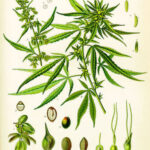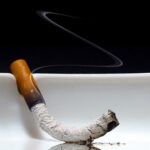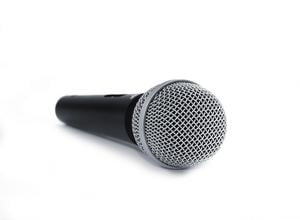Bongs have long been used as a means of smoking marijuana. They are renowned for their ability to not only give monster hits, but they are also reputed to both cool the smoke and purify it before it reaches the smoker’s lungs. But does science back up the claim that bongs remove more harmful substances from marijuana smoke than joints or pipes?
This question is both easy to answer and very difficult. Unfortunately there has only been one publicized study concerning whether or not bongs do in fact help to filter harmful substances out of marijuana smoke before it reaches the lungs. The study was carried out by the National Organization for the Reform of Marijuana Laws (NORML) and Multidisciplinary Association for Psychedelic Studies (MAPS) in 2000. The experiment entailed duplicating the act of a smoker using a variety of marijuana intake devices, including bongs, joints, pipes, and vaporizers. Using suction to draw smoke from marijuana through these various devices, the resultant smoke was analyzed in order to discern its chemical composition.
The study discovered that bongs actually performed less effectively than the other devices at removing harmful tar components from the marijuana smoke. Oddly enough, unfiltered joints actually fared best in the trials in terms of allowing the lowest amount of harmful tars and other substances from reaching the experiment’s hypothetical lungs. However, it should also be noted that MPAS examined another study that was done concerning filtered marijuana smoke and filtered tobacco smoke. It was found that macrophages (white blood cells that engulf foreign bacteria) were less effective when subjected to unfiltered smoke from either substance in the lungs. Thus, although more harmful tars might reach the lungs via filtered marijuana smoke through a bong, the user could possibly be more at risk for a respiratory infection if they smoke unfiltered joints or out of pipes.
This trade-off of pros and cons leads to a rather baffling quandary with respect to the alleged superiority of bongs over other smoking devices. What is clear is that some of the heavier particulates in smoke remain behind in bong water when a bong is used. This is apparent because bong water would not appear brownish and smell bad if nothing was being deposited in it as smoke travels through the water. What is unclear is what exactly is being left behind in the water. Some cannabinols are trapped in the bong without reaching the lungs and are deposited on the surface of the water and the sides of the bong since the chemicals are not water soluble. But along with those cannabinols are clear traces of other, rather nasty looking tar-like chemicals.
Bongs are effective in varying degrees at removing these particulates depending on their structure and size. Generally, the farther the smoke has to travel through the water before it enters the smoker’s lungs means that more bad stuff can potentially be removed. Furthermore, if a bong’s stem terminates in an attachment that aids in dispersion of the smoke through the water, the filtration process will also benefit. The smaller the bubbles are that pass through the water, the more surface area the smoke is exposed to the water as it travels upward. Thus, millimeter-sized bubbles will serve to filter smoke more than centimeter-sized bubbles.
So, should bongs be considered the healthiest devices for smoking marijuana? Obviously this cannot be fully answered at this point since more research must be completed to either support or refute the claims of the NORML-MAPS study. At present, the effectiveness of bongs to filter out harmful substances must remain largely in the realm of conjecture. But, at least they cool the smoke down.







